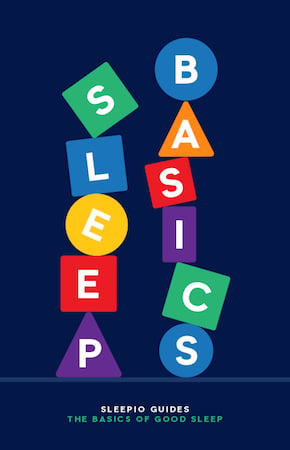
Sleep basics
Build a strong foundation for good sleep with these evidence-based approaches.

Build a strong foundation for good sleep with these evidence-based approaches.
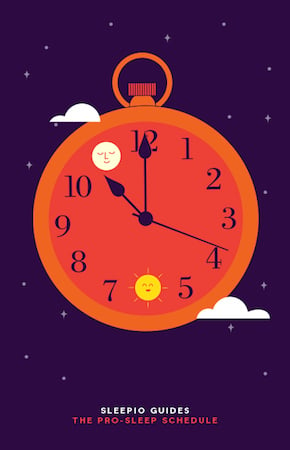
How to shape your schedule to be the most sleep-friendly possible.
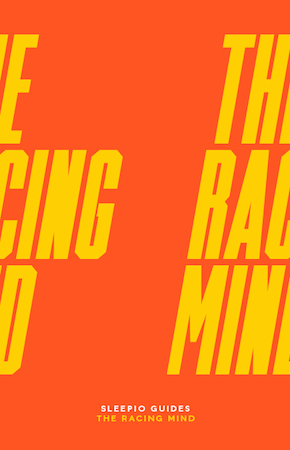
Your introduction to the racing mind and some approaches you can take to overcome it.

The effects you should look out for as you work on improving your sleep.

Learn about the science behind jet lag and a range of techniques to help you overcome jet lag effectively.
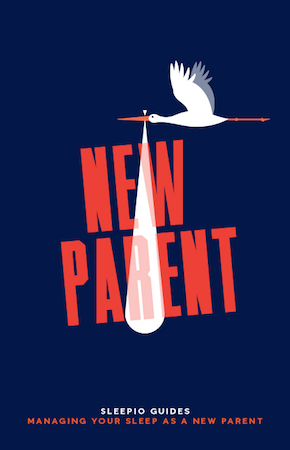
Get the little ones off to sleep – and give you time to get your rest.
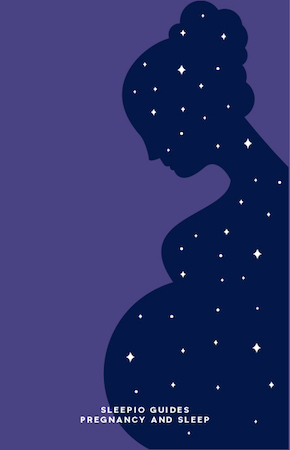
Learn how pregnancy can affect your sleep and techniques to help you get the sleep you need.

Discover how shift work interferes with good sleep and how to optimize your sleep as a shift worker.
We review the leading sleep tracking devices to help you find the right one for you.
Expert information on the science behind insomnia from the Sleepio experts.
Nights when you can’t sleep can leave you feeling awful during the day – here the Sleepio experts explore what you can do to improve your sleep.
These articles from Sleepio experts discuss tips to help you learn how to sleep well again.
The Sleepio experts explore everything from the body clock to REM sleep and snoring to melatonin.
Expert articles on the classification, symptoms and treatments of sleep disorders.
Information on sleep aids and their effect on your sleep from the Sleepio experts.